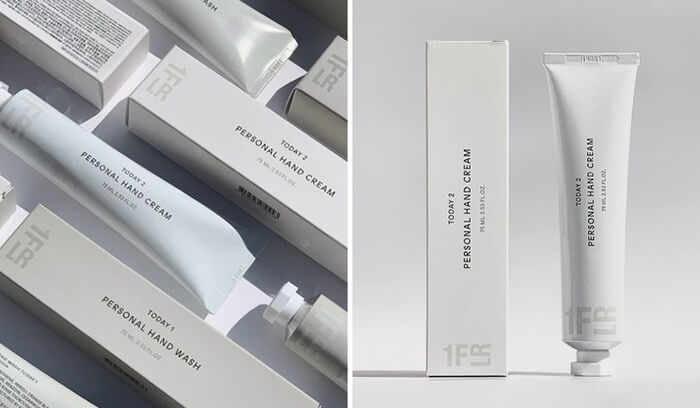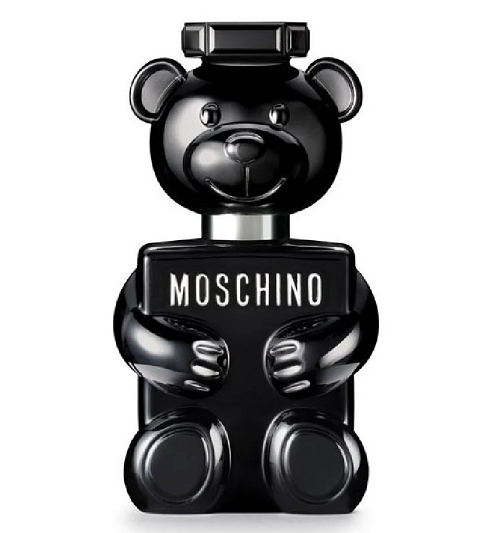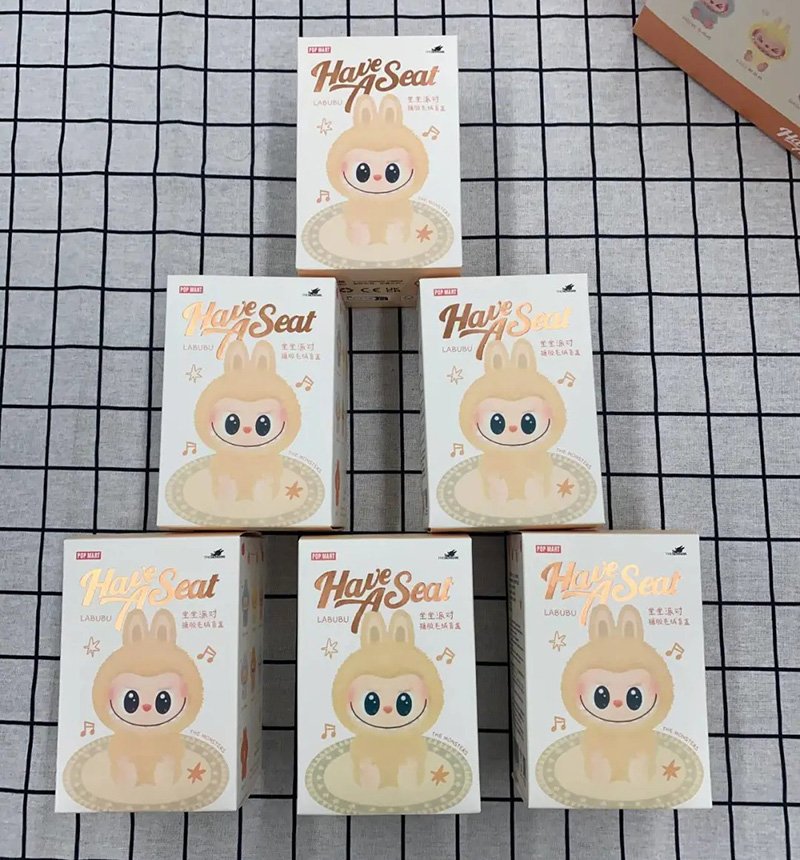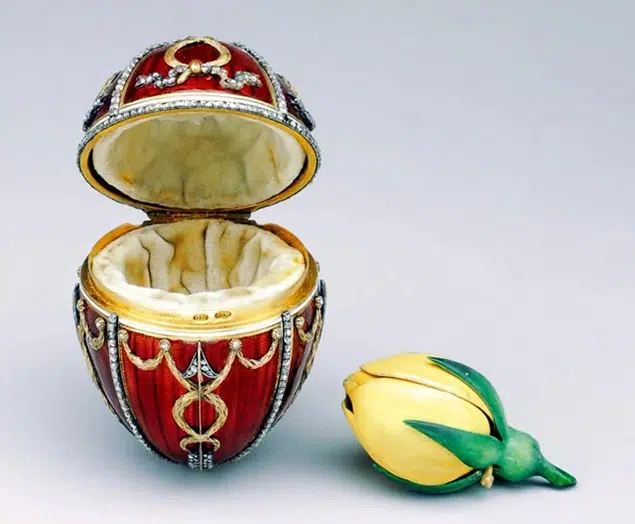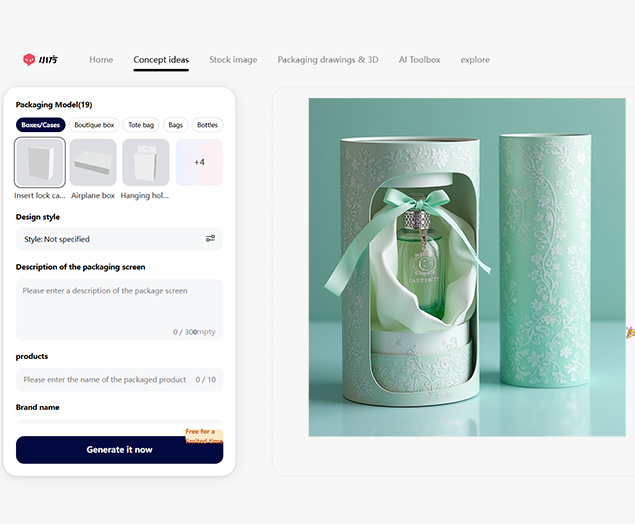Top 8 Innovative Biodegradable Plastic Packaging Solutions
Plastic pollution has become a serious pollution problem facing the world. However, plastic packaging is completely indispensable in daily life, and with the rise of fast lifestyles, the dependence on plastic packaging is constantly increasing. Today, we’ll talk about the 8 biodegradable plastic packaging options.
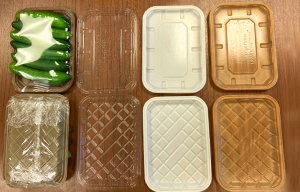
Top 8 Innovative Biodegradable Plastic Packaging Solutions
Plastic pollution has become a pressing global issue, yet plastic packaging remains deeply ingrained in modern lifestyles. As the need for sustainable alternatives escalates, scientists, companies and individuals worldwide are pioneering creative biodegradable packaging to reduce waste. From transforming agricultural byproducts into wrapping materials to engineering plant-based shopping bags, these leading-edge solutions showcase the promise of eco-friendly packaging. This article will explore the top 8 most innovative biodegradable plastic packaging designs that can decompose naturally without harming the planet. Highlighting trailblazing products from milk cartons embedded with seeds to plastic substitute films made of corn, we will uncover how these pioneering projects are revolutionizing packaging and providing a compass for a zero-waste future. The biomaterial innovations span from nanocellulose made of crab shells to shrimp shell bags breaking down in the ocean. By spotlighting these transformative technologies, we illuminate sustainable paths to phase out conventional plastic for the health of our environment.
1. Young man invents eco-friendly beeswax packaging to replace plastic packaging
24-year-old Frenchman Quentin had the idea to design eco-friendly packaging after a trip to Australia. During his travels in Australia, Quentin met a family who used beeswax instead of plastic packaging. When he returned to France, he decided to emulate the Australian family’s practices and developed a seemingly perfect beeswax paper material using French organic ingredients – Beeswrap.
Beeswrap replaces single-use food packaging like plastic bags or plastic wrap. Its main ingredients are beeswax from the Norman beekeeping cooperative, biodegradable cotton, pine resin from Landes, and organic linseed oil from Brittany. It is non-toxic, reusable, biodegradable, washable, and has a lifespan of about one year. The beeswax makes the packaging waterproof, breathable, antibacterial and antiseptic, helping to reduce food waste. In addition to its ecological value and preservation capabilities, the packaging design is also very beautiful and interesting.
Quentin’s father is a beekeeper, so he has always been attentive to protecting bees and is very concerned about environmental issues caused by human consumption habits. However, Quentin believes that if we change a little in our daily lives, it will also have a big impact on our planet. So start paying attention to environmental protection from these small aspects, and become a natural “lifeguard”.
2. Biodegradable cellulose film made from soybean residue debuts, recyclable
A research team from the Nanyang Technological University in Singapore used soybean residue produced during the soy milk manufacturing process to produce a more environmentally friendly cellulose film. It is reported that in addition to being biodegradable, this type of film can also be recycled and reused through waste materials, reducing food waste pollution to the environment. NTU collaborated with F&N in the food industry to jointly establish a brand new food innovation lab. About 30 NTU students and researchers will work closely together over the next four years to develop innovative beverage formulas, natural preservatives, and more eco-friendly packaging.
3. Packaging films made from corn, safe, non-toxic and degradable
Sichuan Kaiyuan Chuangyi Biotechnology’s pure biodegradable series of products made from corn as raw material were officially launched, including food packaging materials, cling film, shopping bags, lunch boxes and more, attracting experts and investors from all over the country.
These products made from corn look no different from plastics on the outside, but according to the person in charge, their connotations are very different. First, the raw materials are extracted from corn. Such products are not only safe and non-toxic, but can also degrade into water and carbon dioxide, returning to nature, and fully meet the indicators of plastic products. Second, they can withstand high temperatures and are commonly applicable to the production or packaging of foods and baby products. At present, the safety of the products has passed the strict testing of the European Union and fully meets the toxicological safety standards.
This degradable film has extremely strong versatility and can be used as agricultural covering film, various professional internal and external packaging films, express outer packaging, shopping paper bags, storage bags, refrigerator bags, food packaging materials, and more, with broad market prospects.
4. American scientists produce compostable food packaging bags from wood waste and crab shells
According to foreign media reports, cellulose and chitin are the two most common biopolymers in the world, found in plant and crustacean shells (and elsewhere), respectively. Scientists at the Georgia Institute of Technology in the United States have now designed a way to combine the two to produce plastic bag-like compostable food packaging.
Under the leadership of Professor J. Carson Meredith, the research team is producing this material by suspending cellulose nanocrystals extracted from wood and chitin nanofibers extracted from crab shells in water, and then spraying the solution onto alternating layers of reusable polymer substrates – this is a good combination of negatively charged cellulose nanocrystals and positively charged chitin nanofibers.
Once dried and peeled off the substrate, the resulting transparent film has high flexibility, strength and compostability. More importantly, it can also keep food from spoiling better than traditional non-compostable cling film. “The main benchmark we use to compare this material is PET or polyethylene terephthalate, which is one of the most common petroleum-based materials you see in transparent packaging like vending machines,” Meredith said. “Our material shows that compared to some forms of PET, the oxygen permeation rate is reduced by 67%, which means in theory it can keep food fresh longer.”
5. Mango peel can be used as a plastic substitute and can be degraded in 6 months
According to the Mexico City Times, Mexico has recently successfully developed a plastic substitute based on mango peel. According to the report, Mexico is a “big country of mangoes”, throwing away hundreds of thousands of tons of mango peels every day, which is time-consuming and laborious to process.
Scientists accidentally discovered that the toughness of mango peel has great development value, so they added starch and other chemical materials to the peel to develop a “mango peel composite product” that can replace plastic.
The toughness and hardness of this material are similar to plastic, but the most crucial thing is that it is cheap and recyclable, while also reducing environmental pollution while utilizing waste.
6. Wishing to make cottonseed fluff into plastic film, degradable, lower cost!
Recently, research is underway in Australia that can take the cottonseed fluff peeled off of cotton seeds and convert it into biodegradable plastic. We all know that when the cotton fibers are peeled off using a roller gin, a lot of cottonseed fluff is produced as waste, and currently, most cottonseed fluff is just burned or put into landfills.
According to Dr. Maryam Naebe from Deakin University, about 32 million tons of cottonseed fluff is produced annually, of which about one third is discarded. Her team members hope to reduce waste while providing cotton farmers with an additional source of income, and produce “sustainable alternatives to harmful synthetic plastics.”
So they have developed a system and used environmentally friendly chemicals to dissolve the cottonseed fluff fibers, and then use the resulting organic polymers to make plastic films. Dr. Naebe said: “Compared to other similar petroleum-based products, the plastic films obtained by this method are lower in cost.”
The research is part of a project led by doctoral candidate Abu Naser Md Ahsanul Haque and deputy researcher Dr. Rechana Remadevi. They are now looking at applying the same technology to organic waste and plant materials such as lemongrass, almond shells, wheat straw, sawdust and wood shavings.
7. British company makes plastic bags from prawn shells! Eco-friendly and degradable!
Originating from a team project jointly established by the Royal College of Art and Imperial College London, Shellworks, based in London, UK, is currently developing a biodegradable eco-friendly plastic bag, hoping to replace the commonly used disposable plastic bags and reduce the pressure of waste on the environment. According to research, almost all crustaceans contain a substance called Chitosan. This ingredient is very abundant in nature, with the chitosan in shrimp shells being the most, reaching 30-40%. Its biggest feature is that it is non-toxic and easy to degrade.
Given that chitosan is also the main component of shrimp shells, these British researchers believe: as long as it can be extracted, it can be made into environmentally harmless eco-friendly plastic bags. The researchers grind the collected shrimp shells into powder, then add acid-base solutions to separate the minerals and proteins, thereby obtaining chitosan nanofibers. Then, add biological vinegar for stirring to obtain a bioplastic solution. When they are dried, they will become this thin, film-like material. The whole process is very simple, so easily “turning waste into treasure”!
After pouring the solution into different customized molds, various finished products can be made, such as cups, and plastic bags. The plastic bag products made with it have high purity, low ash content, proper dryness, and low moisture content. Most importantly, it is degradable and will not cause white pollution. At present, the company is testing the load-bearing capabilities of the plastic bags made through this method to ensure it can completely replace traditional disposable plastic bags.
8. Packaging made of animal skin, a biodegradable plastic substitute
In order to reduce waste in meat consumption, design studio At10 from Reykjavik, Iceland recently launched a bioplastic meat packaging called Bioplastic Skin, which is made from animal skin. This biodegradable packaging is also a substitute for disposable plastic packaging.
The Bioplastic Skincare packaging box is transparent and has a texture similar to plastic. It is made by boiling animal skin in water, which is a process of releasing collagen and gelatin, and can form a gel like substance that “can be molded into any desired shape” before hardening.
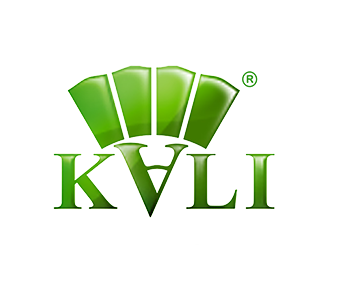
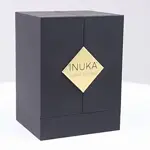
Top 10 Creative Cosmetic Packaging Design Ideas & illustrations 2023 | Luxury-Paper-Box.Com
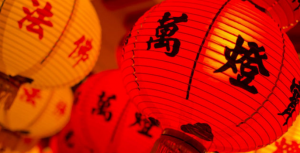
10 Customs Of The Spring Festival (Lunar New Year) You Need To Know
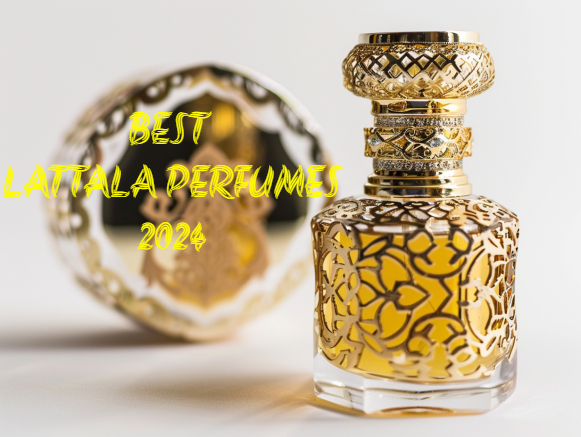
Top 10 Best Lattafa Perfumes for Women & Men in 2024
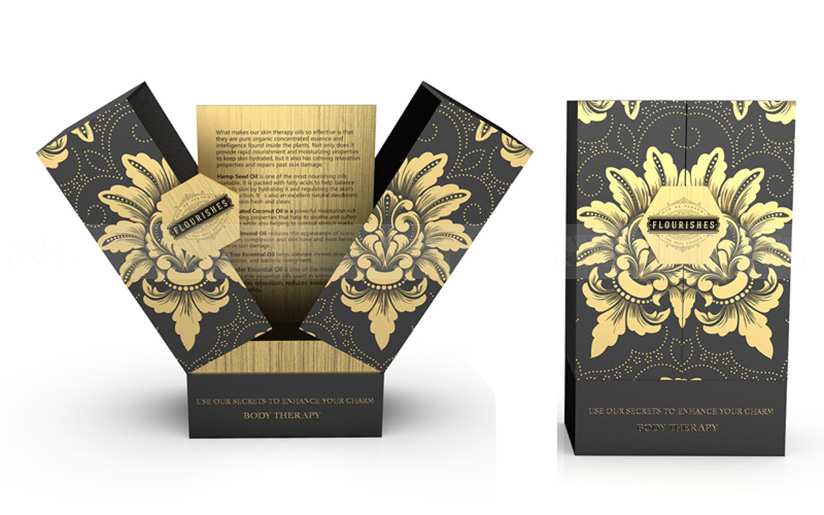
Top 10 Best Packaging Design Software 2023 (Free & Paid)
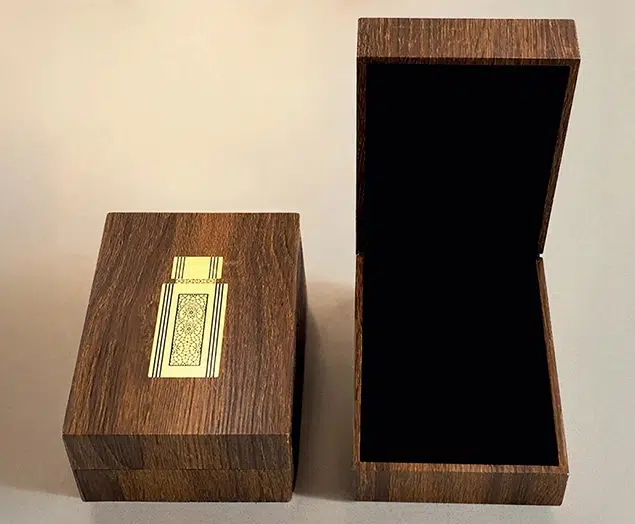
Why Choose MDF Boxes Over Wooden Boxes?
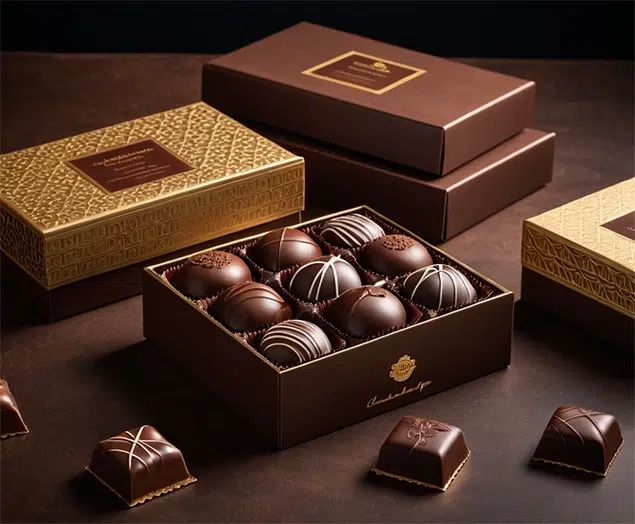


 kali@luxury-paper-box.com
kali@luxury-paper-box.com
